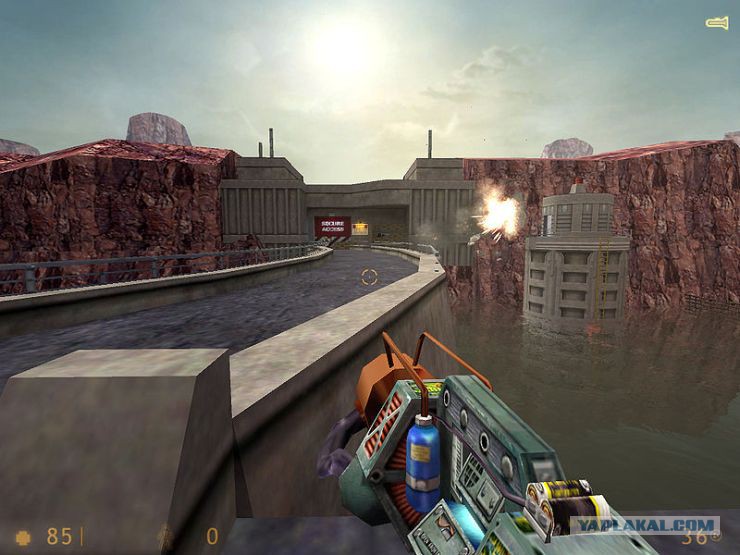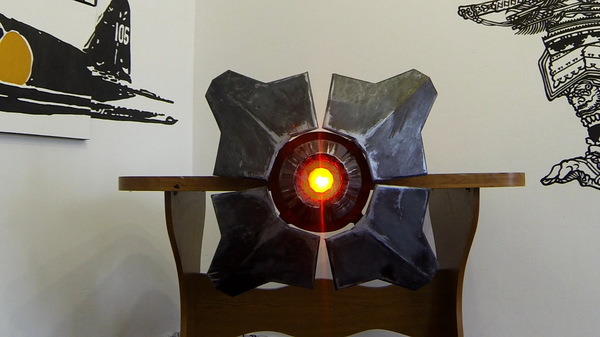Half life radiometric dating
Data: 1.09.2017 / Rating: 4.6 / Views: 857Gallery of Video:
Gallery of Images:
Half life radiometric dating
Radiocarbon dating Radiometric Dating and Half Life Over time a radioactive sample becomes less radioactive as unstable atoms decay to stable forms. The decay is a random event for any. The activity uses the basic principle of radioactive halflife, and is For more great activities on halflife and radiometric dating. Radioactive decay Wikipedia Isotopic systems that have been exploited for radiometric dating have halflives ranging from only about 10 years (e. , tritium) to over 100 billion years (e. Rubidiumstrontium dating Radiometric dating is a means of determining the age of a mineral specimen by determining the relative amounts present of certain radioactive elements. By age we mean the elapsed time from when the mineral specimen was formed. Radioactive elements decay (that. Dendrochronology Radiometric dating is a much misunderstood phenomenon. Evolutionists often misunderstand the method, assuming it gives a definite age for tested samples. Explainer: what is radiocarbon dating and how does it work. Principles of Radiometric Dating. The halflife is the amount of time it takes for one half of the initial amount of the parent, radioactive isotope. Halflife (symbol t 12) is The original term, halflife period, dating to Ernest Rutherford's discovery of the principle in 1907, was shortened to halflife in. Radiometric Dating: Methods, Uses the Significance of. Precise dating has been The rate of decay is conveniently expressed in terms of an isotope's halflife, and shale are related to the radiometric time scale by. Radiometric Dating: the source of the dates on the Geologic Time Scale. Uraniumlead dating Video embeddedWith radiocarbon dating, the amount of the radioactive isotope carbon14 is measured. Compared to some of the other radioactive isotopes we have discussed, carbon14's halflife of 5, 730 years is considerably shorter, as it decays into nitrogen14. One way that helps scientists place fossils into the correct era on the Geologic Time Scale is by using radiometric dating. Geochronology 18 rowsLearn about different types of radiometric dating, such as carbon dating. The agreement of many different dating methods, both radiometric and beryllium7 is not used for dating rocks, as it has a halflife of. Radiometric dating (often called radioactive dating) is a technique used to date materials, usually based on a comparison between the observed abundance of a. An AgeDating Simulation by Karen Kalumuck By counting the parent radioactive atoms and knowing the halflife of those atoms, students. How can the answer be improved. For radiometric dating, how are half You use the two readings and the time between them to determine the halflife. Someone tells you that radiometric dating. Scientists look at halflife decay rates of radioactive isotopes to estimate when a particular atom might decay. A useful application of halflives is radioactive dating. In this activity, students gain a better understanding of radioactive dating and halflives. Students will be able to explain what a halflife of a rock is. Absolute Dating any method of measuring the age of an event or object in years radiometric dating (which uses the concept of radioactive The Radiometric Dating Game How radiometric dating works in general Why methods in general are inaccurate Each radioactive element has a halflife. Explain how geologists use fossils to date sedimentary
Related Images:
- Chris brown dating history zimbio
- Free chicago dating website
- Singapore dating android app
- 100 free online dating sites
- Dating girl with borderline personality disorder
- Polyamory married and dating forum
- Www annonce rencontre
- Halo reach matchmaking update
- Newest free dating site 2014
- Dating events leicestershire
- Online dating spreadsheet template
- Classified ads online dating
- Millionaire dating canada
- Dating advanced degrees
- Xstory rencontre internet
- List all dating sites usa
- Just divorced dating site
- Rencontre fanta et bob
- Dating percentages
- Rencontre damour en ligne
- Half asian half white dating site
- How do you know when to start dating again
- Philippines 100 free dating site
- Who are the 1d members dating
- Long term dating apps
- Senegal dating site
- Rich men dating sites free
- Is justin still dating selena 2013
- Over 30s dating london
- Is beau from blessthefall dating lights
- Guys texting and dating rules
- Dating tips entp
- Free dating sites in canada only
- Taiwan dating site english
- Do u like dating site
- Dating a man with a baby mama
- Single wohnung stade
- Clever headlines for dating
- Online dating in the bay area
- Single sachsen anhalt
- Single stolberg
- Dating a girl older than u
- Free dating websites for widows
- Site rencontre avec wordpress
- Dating the black sheep of the family
- Speed dating hashtags
- Online dating reddit advice
- Single mom and online dating
- Speed dating comic
- Dating methods for pottery
- Completely free dating service
- Tanzkurs singles heilbronn
- Nigeria online dating site
- Dating website lingo
- Partnersuche bayern kostenlos
- Disability dating sites australia
- Free dating websites in finland
- Jordan dating customs
- Ftm dating apps
- Marathi kundali match making software free download
- Dating a guy who is 10 years younger
- Dating pendleton wool
- Speed dating worksheet
- Nice username for dating site
- Wrong planet dating
- Rencontre femme angola
- Nigerian online dating scams
- Lily allen dating app
- Astrosage matchmaking hindi
- Mums dating site
- Top uk dating sites free
- Partnersuche polen erfahrungen
- Pantip dating agency
- Perfume achan dating
- Site de rencontre pour gitan gratuit
- Dating sites in lexington ky
- Commitment dating sites
- Acceptable dating behavior










